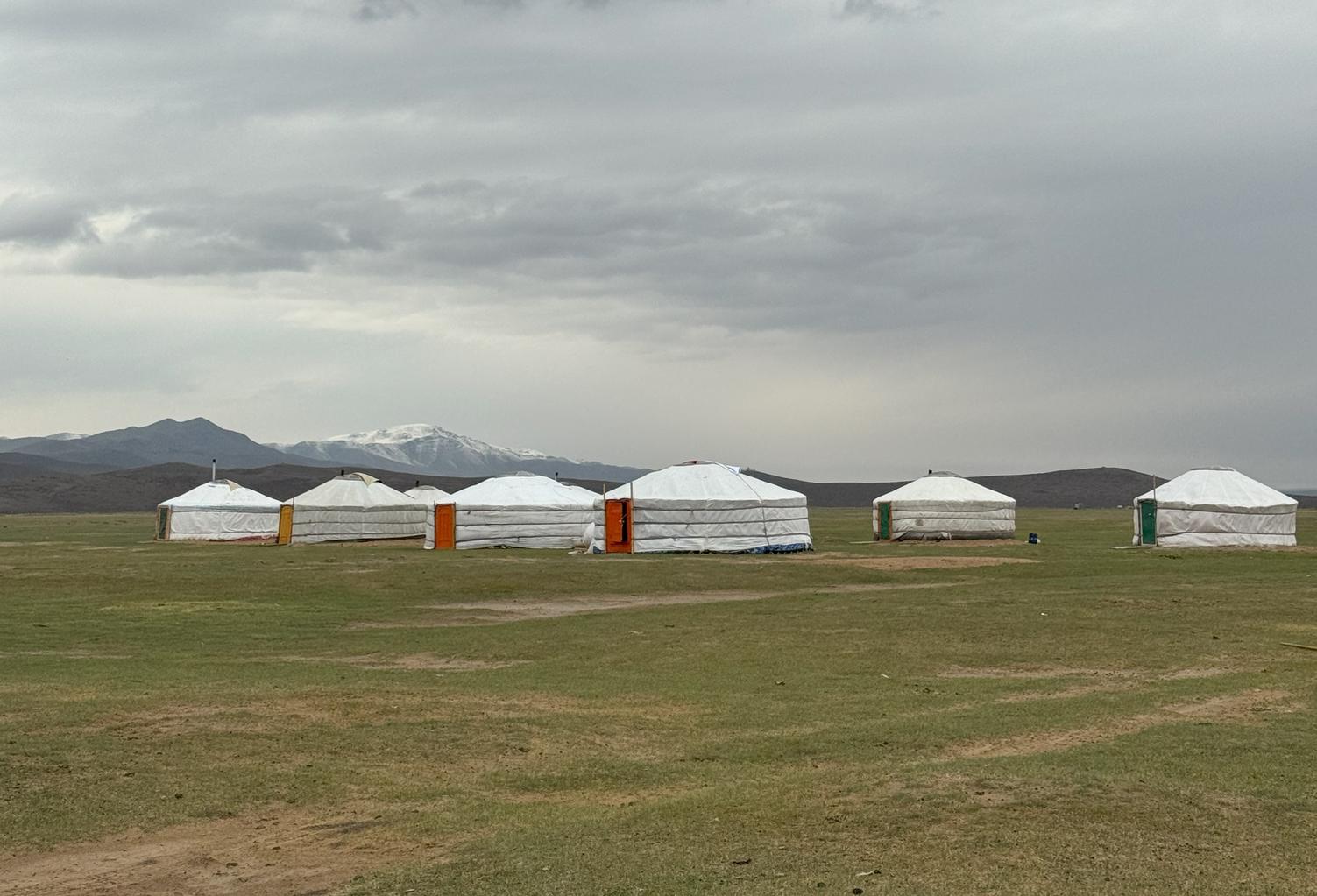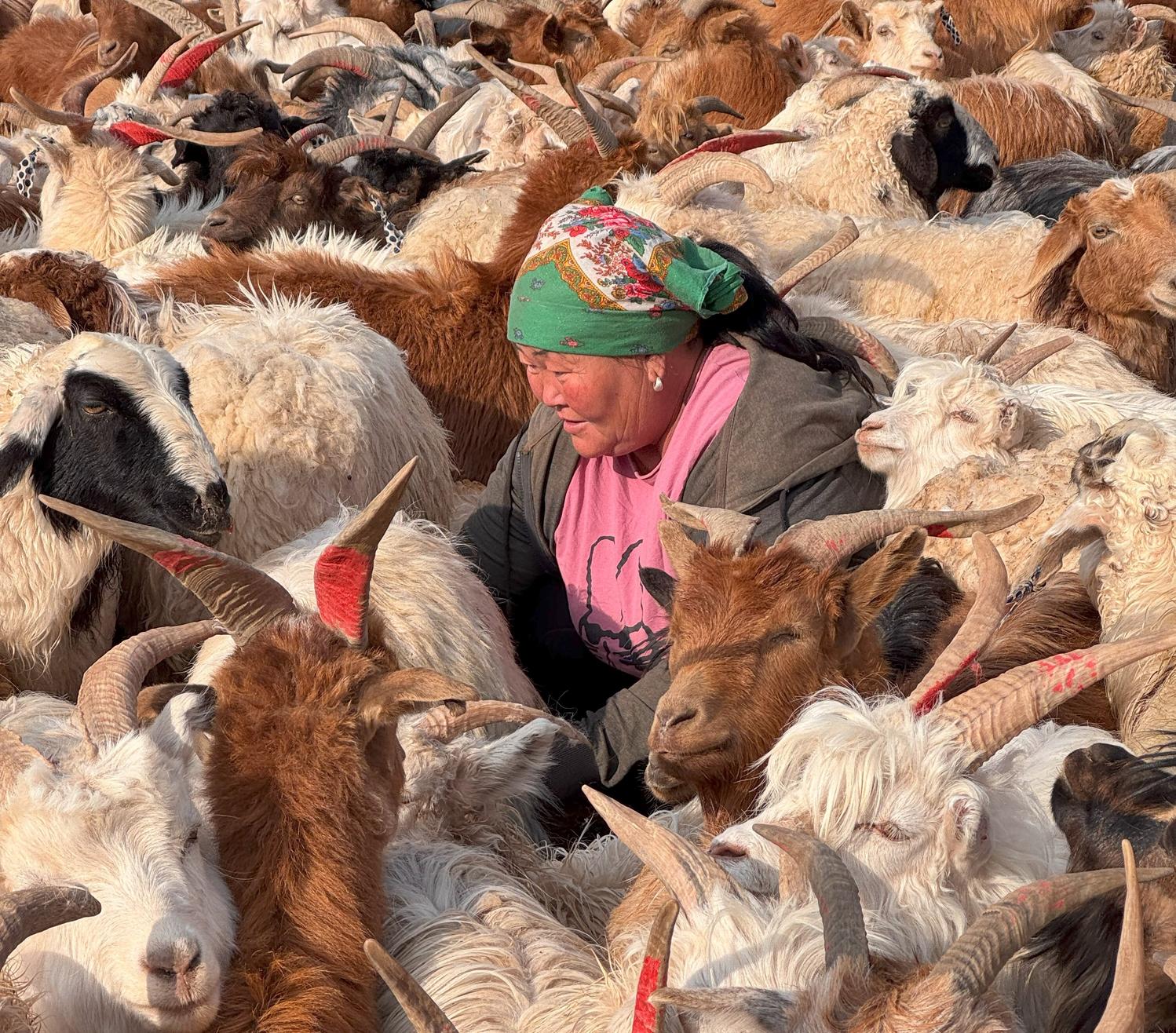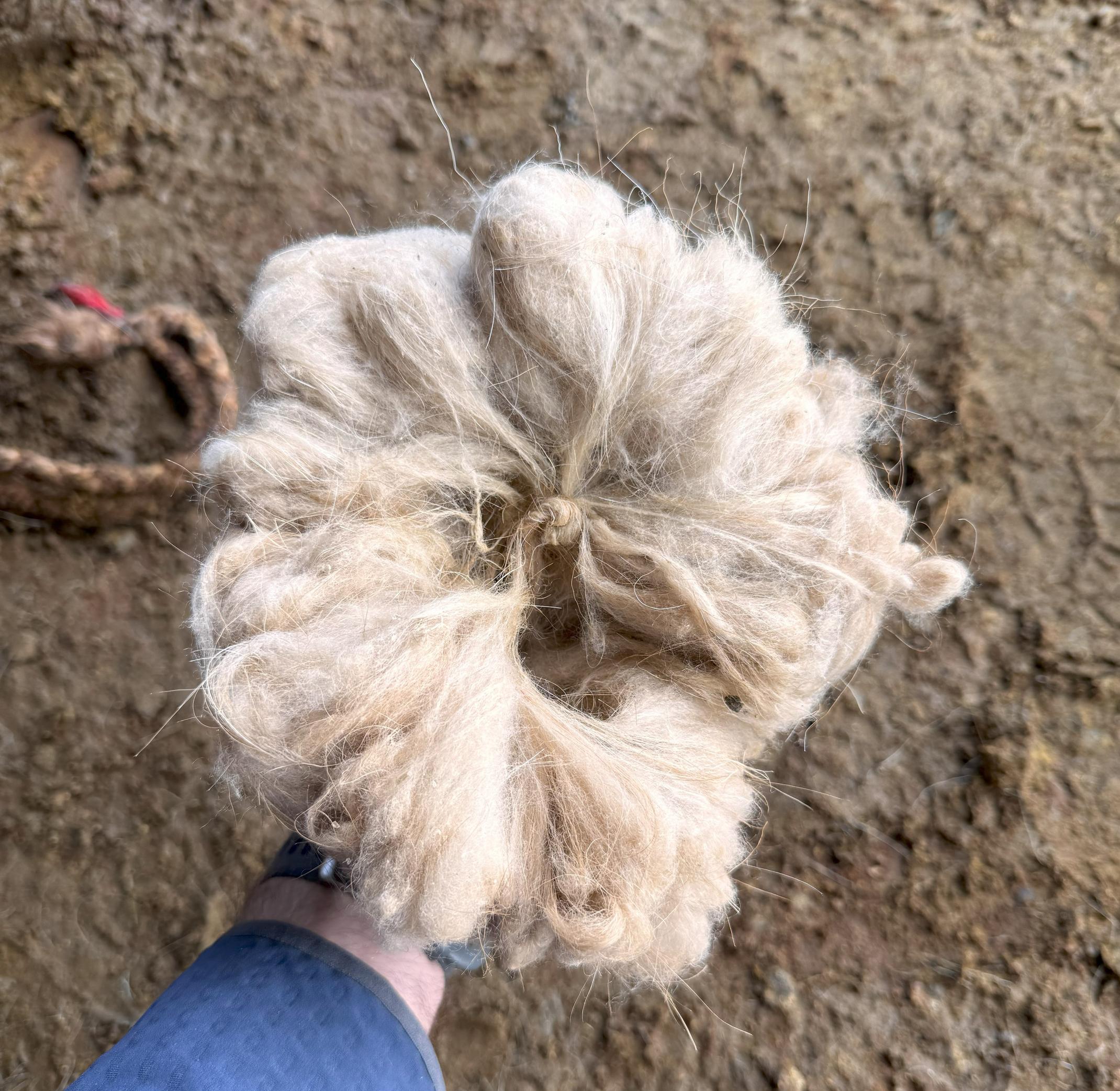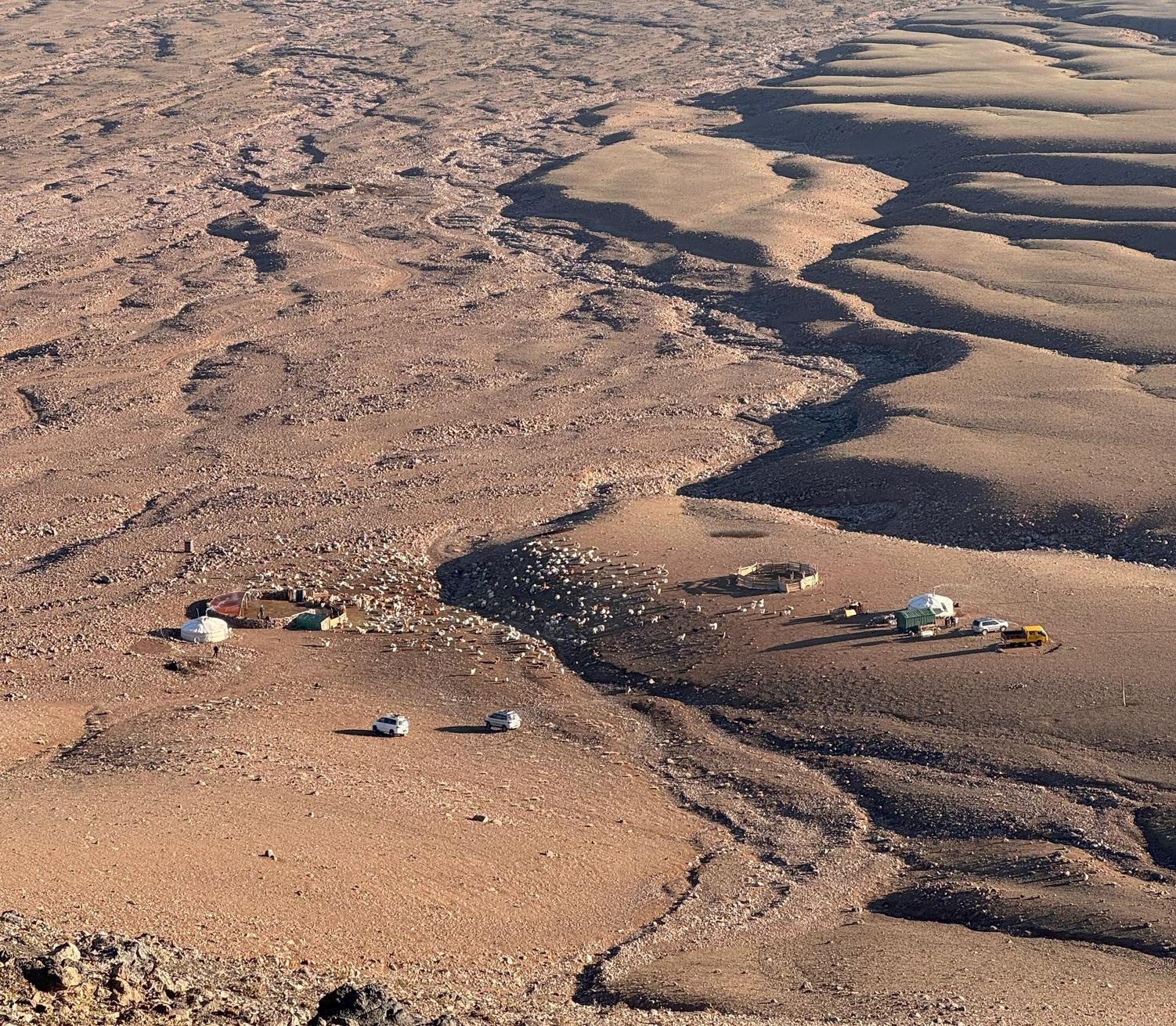By Will McCarry
June 25, 2025
Can Mongolia’s oldest traditions survive a changing climate?
4 min

By Will McCarry
June 25, 2025
4 min
They were nomadic herders long before the rise of Genghis Khan.
For thousands of years, Mongolian nomads have herded across the country’s vast steppe grassland. It’s a legacy they keep close today: Roughly 40 percent of Mongolians still herd livestock, following traditions their ancestors have honored for millennia.
For these communities, adaptability is survival. Nothing is static — not the harsh weather, not the steppe and certainly not the people.
But the pace of change today is no longer seasonal.
Mongolia is warming more than three times faster than the global average. Between 1940 and 2015, average temperatures rose by 2.24 degrees Celsius (4.03 Fahrenheit). For comparison, much of the rest of the world is struggling to hold warming below the dangerous threshold of 1.5 degrees C (2.7 F). Here in central Asia, that threshold was passed long ago.
The effects are unmistakable: longer droughts, vanishing water sources and a surge in brutal cold snaps known as dzuds — sudden freezes that killed more than 7 million livestock in 2024.
But a new effort supported by Conservation International in Mongolia’s Gobi Desert — one of the harshest landscapes on Earth — is helping herders restore fragile grazing lands that have been fractured by overgrazing and climate change.

© Jim Fitzpatrick
Mongolian herders move with the seasons in gers — traditional felt tents also known as yurts.
One of the projects is centered in the Lakes Valley, a vulnerable ecosystem in the shadow of Ikh Bogd, a 4,000-meter (13,000-foot) mountain that towers above the steppe. Here, in the Erdenet Mal Sureg community, herders still rely on traditional strategies like seasonal movement and rotational grazing to survive the extremes.
With support from the start-up Good Growth and funding from Conservation International’s Regenerative Fund for Nature, the community is pairing that deep knowledge with new tools to build resilience on a changing steppe.
It starts with trust.

© Jim Fitzpatrick
Local herder, Munkhjargal, tends his flock of goats.
“People don’t change how they graze because someone shows up with a satellite map of all the degradation,” said Jim Fitzpatrick, Conservation International’s lead on the project. “You have to sit down, drink tea, hear their stories. You have to understand the land the way they do."
Before introducing any new tools or approaches, Good Growth has spent time walking the land with herders — mapping valleys, marking where grass no longer grows, listening. Together, they are agreeing on what needs to change and where to start.
“We must ensure any long-term plan belongs to the community,” said Chultem Batbold, a scientist with Good Growth, who grew up on the steppe. “It has to come from what the community already practices — and build on it."

© Jim Fitzpatrick
Odonchimeg, a local herder, milks goats in the pen.
Mongolian herders move with the seasons, guiding their flock from summer pastures to sheltered winter grounds. These migrations aren’t random — they’re rooted in a deep, inherited understanding of the land’s natural rhythms.
Through satellite monitoring, herders are beginning to receive early warnings about conditions on the ground — a pasture drying out, or the telltale signs of a dzud beginning to form. These real-time updates, shared through social media and mobile apps, could give herders a critical window to respond.
And more is on the horizon. Good Growth is working to develop a system that estimates how long a pasture can support grazing before it needs rest — using satellite images, machine learning and on-the-ground checks. The aim isn’t just to react. It’s to prevent pastures from reaching that breaking point in the first place — rotating grazing areas more intentionally, while ensuring that herd sizes don’t balloon out of control.
“For many families, this is all about cashmere — sometimes that’s 90 percent of their income,” Fitzpatrick said. “And when the price drops, they can feel like their only option is to raise more animals just to make up the difference."

© Jim Fitzpatrick
Cashmere drives Mongolia’s herding economy — and its environmental strain.
But that survival strategy is costly for nature. Cashmere goats are especially hard on the land — stripping vegetation down to the root.
“One option we’re exploring with herders is selling livestock for meat, which has a more stable price and could reduce the number of animals they need to keep,” Fitzpatrick said. “We’re also working to create markets for other fibers — like camel or yak — so families have more ways to earn a living without adding pressure on the land.”
Good Growth is working with global fashion brands to do just that — building a supply chain rooted in regeneration. Herders earn better prices for higher-quality fiber, while the land gets a chance to recover.
At the heart of all these efforts is balance — where economic resilience and ecological health, as well as the future and the past, are bound together.
“Our way of life depends on nature, so we’ve always known we have to protect it,” said Batbold. “That’s part tradition, part belief — but at its core, it’s simple: nature is alive, and if we harm it, it will answer back."

© Jim Fitzpatrick
Mongolia’s Gobi Desert is one of the harshest regions on Earth.
Will McCarry is the content director at Conservation International. Want to read more stories like this? Sign up for email updates. Also, please consider supporting our critical work.